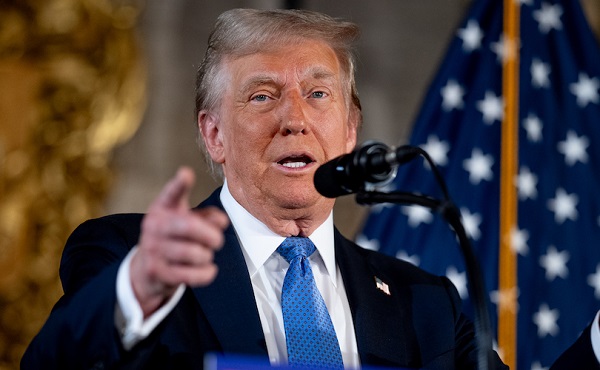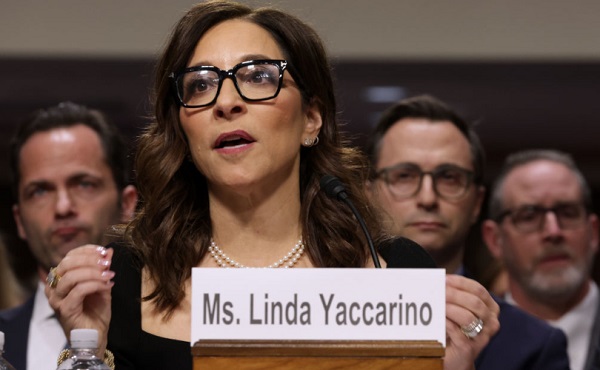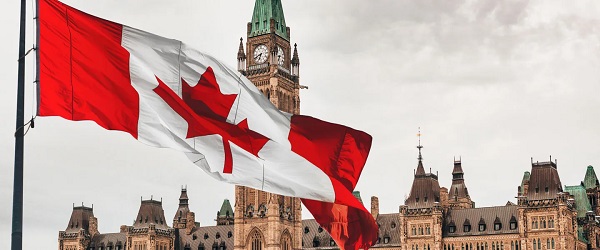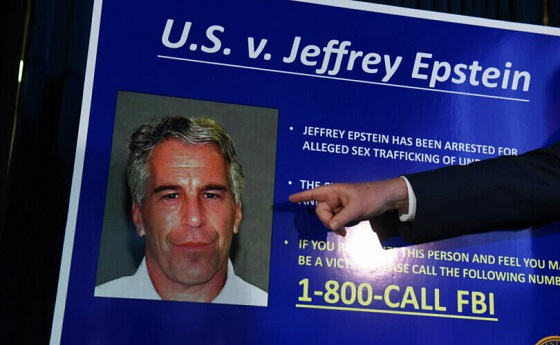Business
City Hall reopening Monday June 21 – details

City Hall reopening for payments and in-person customer service
“We are excited to be reopening City Hall for in-person payments and customer service. This long awaited reopening will enable us to reconnect with our customers in person and still support doing business with us online, where possible,” said Acting City Manager Tara Lodewyk.
Starting Monday, June 21, 2021, key customer service employees will return to City Hall with a phased reopening taking place in the coming weeks and months. With renovations that took place while the building was closed, all customer and public interactions are now provided on the main floor of City Hall.
Some additional changes include new windows and doors, improved customer service kiosks, new security controls and numerous health and safety measures that serve to protect employees and customers accessing City Hall. All renovations were focused on making necessary changes that facilitate improved customer interactions while considering the safety, health and wellness of all employees and citizens.
“As we reopen City Hall for in-person customer service, the health and safety of our citizens and employees is still top of mind. Masks are required inside the building and there will be capacity limits for the number of customers permitted inside at one time,” said Lodewyk. “We kindly ask that anybody coming to City Hall, or accessing any of our recreation or public facilities, uphold all public health restrictions as we work to keep everyone safe throughout the phased reopening.”
A full reopening and return to work for all City employees is expected to take place between June 21 and September 7, 2021. In many cases, City employees have continued to report to their workplace, in-person, based on the requirements of their position; however, with the lifting of the provincial work from home order, The City will welcome its remaining employees back into the workspace with the intention to have everybody back between now and September. This includes City Hall, the Professional Building, Civic Yards and all City owned and operated recreation and culture places and spaces.
“Covid-19 has limited us in many ways. It has taught The City to innovate, work differently and find efficiencies. As we transition back to in-person service, we ask our customers to be patient with us as we navigate the new challenges of our ever changed in-person business offerings. Our business looks different than it did when we closed City Hall more than 15 months ago, and while we are excited to be once again serving you in person, we do expect some bumps along the way,” said Lodewyk.
With changing and modified provincial restrictions continuing to be announced, The City of Red Deer will adapt and update its programs, services and offerings on an ongoing basis. This will include everything from the number of people permitted within a facility at one time, to masking requirements.
“We will continue to take our direction from the provincial government as they ease restrictions and introduce their phased relaunch strategy,” said Lodewyk. “We share the community excitement around the easing of restrictions and continue to work together with our community to uphold public health orders and preventing the spread of Covid-19.”
Starting June 21, the following payments can be made in person at City Hall:
- Utility bill payment
- Property tax payment
- Parking ticket payment
- Re-loading parking cards
- Accounts Receivable invoice payment
- Licence payment
- Special event permit payment
- Other miscellaneous fee payments
Starting July 12, the following payments and customer service will be available in-person at City Hall:
- Parking inquiries
- Licence and permit applications
- Inspections
For updates on The City’s municipal response to Covid-19, visit www.reddeer.ca/covid-19.
For more information, please contact:
Corporate Communications
The City of Red Deer
Business
Trump confirms 35% tariff on Canada, warns more could come

Quick Hit:
President Trump on Thursday confirmed a sweeping new 35% tariff on Canadian imports starting August 1, citing Canada’s failure to curb fentanyl trafficking and retaliatory trade actions.
Key Details:
- In a letter to Canadian Prime Minister Mark Carney, Trump said the new 35% levy is in response to Canada’s “financial retaliation” and its inability to stop fentanyl from reaching the U.S.
- Trump emphasized that Canadian businesses that relocate manufacturing to the U.S. will be exempt and promised expedited approvals for such moves.
- The administration has already notified 23 countries of impending tariffs following the expiration of a 90-day negotiation window under Trump’s “Liberation Day” trade policy.
Diving Deeper:
President Trump escalated his tariff strategy on Thursday, formally announcing a 35% duty on all Canadian imports effective August 1. The move follows what Trump described as a breakdown in trade cooperation and a failure by Canada to address its role in the U.S. fentanyl crisis.
“It is a Great Honor for me to send you this letter in that it demonstrates the strength and commitment of our Trading Relationship,” Trump wrote to Prime Minister Mark Carney. He added that the tariff response comes after Canada “financially retaliated” against the U.S. rather than working to resolve the flow of fentanyl across the northern border.
Trump’s letter made clear the tariff will apply broadly, separate from any existing sector-specific levies, and included a warning that “goods transshipped to evade this higher Tariff will be subject to that higher Tariff.” The president also hinted that further retaliation from Canada could push rates even higher.
However, Trump left the door open for possible revisions. “If Canada works with me to stop the flow of Fentanyl, we will, perhaps, consider an adjustment to this letter,” he said, adding that tariffs “may be modified, upward or downward, depending on our relationship.”
Canadian companies that move operations to the U.S. would be exempt, Trump said, noting his administration “will do everything possible to get approvals quickly, professionally, and routinely — In other words, in a matter of weeks.”
The U.S. traded over $762 billion in goods with Canada in 2024, with a trade deficit of $63.3 billion, a figure Trump called a “major threat” to both the economy and national security.
Speaking with NBC News on Thursday, Trump suggested even broader tariff hikes are coming, floating the idea of a 15% or 20% blanket rate on all imports. “We’re just going to say all of the remaining countries are going to pay,” he told Meet the Press moderator Kristen Welker, adding that “the tariffs have been very well-received” and noting that the stock market had hit new highs that day.
The Canadian announcement is part of a broader global tariff rollout. In recent days, Trump has notified at least 23 countries of new levies and revealed a separate 50% tariff on copper imports.
“Not everybody has to get a letter,” Trump said when asked if other leaders would be formally notified. “You know that. We’re just setting our tariffs.”
Business
Trump slaps Brazil with tariffs over social media censorship

From LifeSiteNews
By Dan Frieth
In his letter dated July 9, 2025, addressed to President Luiz Inácio Lula da Silva, Trump ties new U.S. trade measures directly to Brazilian censorship.
U.S. President Donald Trump has launched a fierce rebuke of Brazil’s moves to silence American-run social media platforms, particularly Rumble and X.
In his letter dated July 9, 2025, addressed to President Luiz Inácio Lula da Silva, Trump ties new U.S. trade measures directly to Brazilian censorship.
He calls attention to “SECRET and UNLAWFUL Censorship Orders to U.S. Social Media platforms,” pointing out that Brazil’s Supreme Court has been “threatening them with Millions of Dollars in Fines and Eviction from the Brazilian Social Media market.”


Trump warns that these actions are “due in part to Brazil’s insidious attacks on Free Elections, and the fundamental Free Speech Rights of Americans,” and states: “starting on August 1, 2025, we will charge Brazil a Tariff of 50% on any and all Brazilian products sent into the United States, separate from all Sectoral Tariffs.” He also adds that “Goods transshipped to evade this 50% Tariff will be subject to that higher Tariff.”
Brazil’s crackdown has targeted Rumble after it refused to comply with orders to block the account of Allan dos Santos, a Brazilian streamer living in the United States.
On February 21, 2025, Justice Alexandre de Moraes ordered Rumble’s suspension for non‑compliance, saying it failed “to comply with court orders.”
Earlier, from August to October 2024, Moraes had similarly ordered a nationwide block on X.
The court directed ISPs to suspend access and imposed fines after the platform refused to designate a legal representative and remove certain accounts.
Elon Musk responded: “Free speech is the bedrock of democracy and an unelected pseudo‑judge in Brazil is destroying it for political purposes.”
By linking censorship actions, particularly those targeting Rumble and X, to U.S. trade policy, Trump’s letter asserts that Brazil’s judiciary has moved into the arena of foreign policy and economic consequences.
The tariffs, he makes clear, are meant, at least in part, as a response to Brazil’s suppression of American free speech.
Trump’s decision to impose tariffs on Brazil for censoring American platforms may also serve as a clear signal to the European Union, which is advancing similar regulatory efforts under the guise of “disinformation” and “online safety.”
With the EU’s Digital Services Act and proposed “hate speech” legislation expanding government authority over content moderation, American companies face mounting pressure to comply with vague and sweeping takedown demands.
By framing censorship as a violation of U.S. free speech rights and linking it to trade consequences, Trump is effectively warning that any foreign attempt to suppress American voices or platforms could trigger similar economic retaliation.
Reprinted with permission from Reclaim The Net.
-

 Also Interesting2 days ago
Also Interesting2 days ago9 Things You Should Know About PK/PD in Drug Research
-

 Business2 days ago
Business2 days agoWEF-linked Linda Yaccarino to step down as CEO of X
-

 Business2 days ago
Business2 days ago‘Experts’ Warned Free Markets Would Ruin Argentina — Looks Like They Were Dead Wrong
-

 Business2 days ago
Business2 days agoCannabis Legalization Is Starting to Look Like a Really Dumb Idea
-

 Bruce Dowbiggin1 day ago
Bruce Dowbiggin1 day agoThe Covid 19 Disaster: When Do We Get The Apologies?
-

 Business1 day ago
Business1 day agoCarney government should recognize that private sector drives Canada’s economy
-

 Media2 days ago
Media2 days agoCBC journalist quits, accuses outlet of anti-Conservative bias and censorship
-

 Automotive2 days ago
Automotive2 days agoAmerica’s EV Industry Must Now Compete On A Level Playing Field





